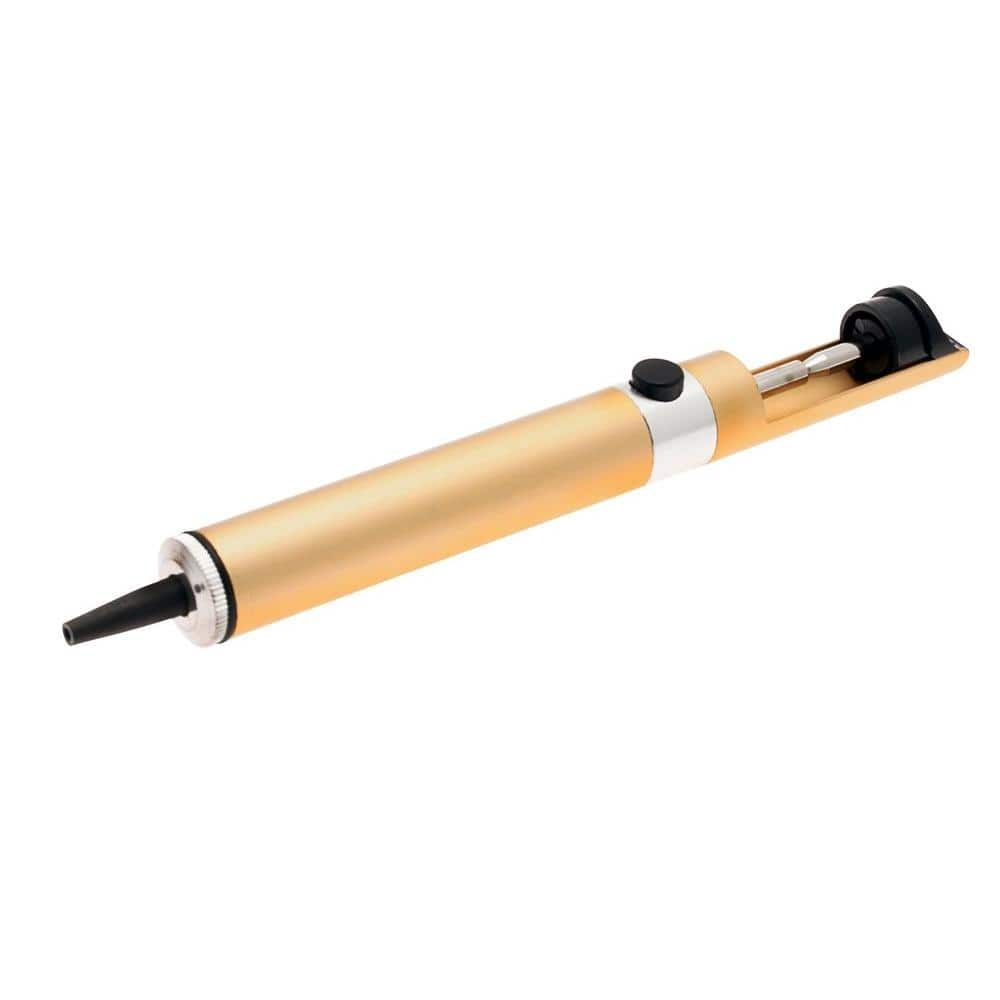Tim Loftus
TVWBB Member
So I was building my new 4.3 HM on this rainy afternoon and it was going amazing. Then I smelled burning plastic, but didn't think much of it as sometimes I catch the soldering iron on the magnifying glass of my third hand. then I noticed........I had melted the side of the Pi header.
crap....
any tips on how to remove the header other then youtube, which i am off to now?
PS... Bryan, thank you again for the Heatermeter! this is my second one, I built one 5 years ago and until last weekend was awesome. I had one port go out over the summer but last week the thermocoupler went out. so time for a new one....which I had been wanting anyway.
out of curiosity how many HM have you sold?
crap....
any tips on how to remove the header other then youtube, which i am off to now?
PS... Bryan, thank you again for the Heatermeter! this is my second one, I built one 5 years ago and until last weekend was awesome. I had one port go out over the summer but last week the thermocoupler went out. so time for a new one....which I had been wanting anyway.
out of curiosity how many HM have you sold?



















